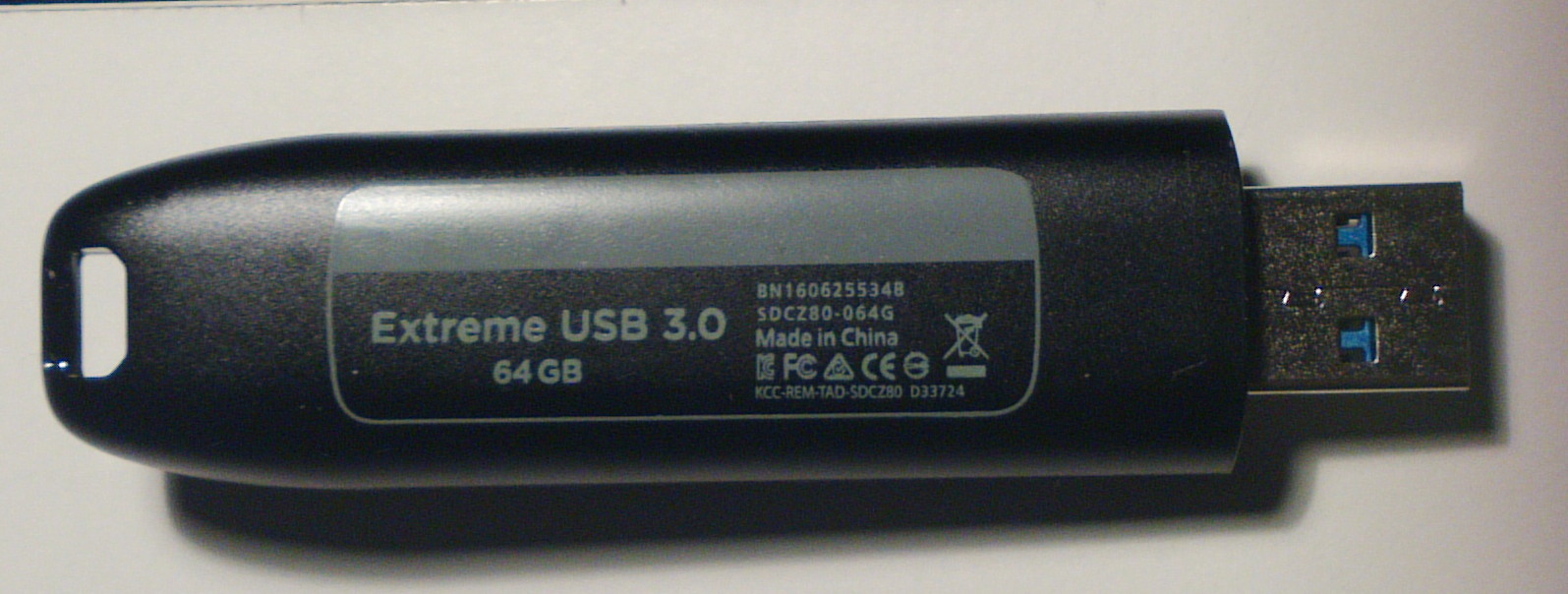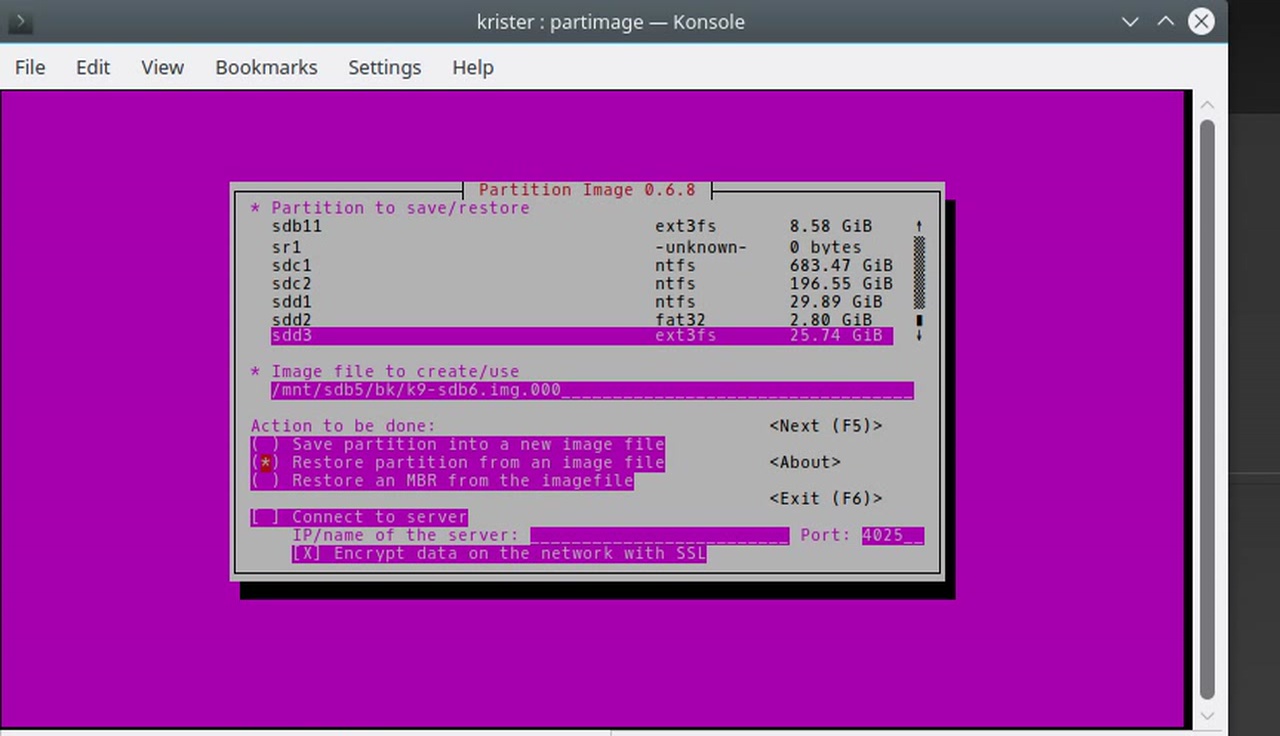| YouTube Videos |
| FILTERS: |
| ALL |
| Backup Cloning |
| Android |
| Android-x86 |
| Chromecast |
| Dual Boot MultiBoot |
| Linux |
| Messaging IM SMS |
| Misc. Soc Media |
| Music Jazz MPB |
| Remote Controls |
| Screen Recording |
| Smart-TV IPTV |
| USB Flash Drives |
| Windows |
 |
Krister's Blog krister at hallergard dot com | Last Updated: 2016-11-11 Newer version |
Part 2: Add Kubuntu 16.10 for Dual Boot with Windows 10
Two years ago I installed Kubuntu 14.04 onto a SanDisk Cruzer Blade - but it was rather slow - hardly worth it! Encouraged by my recent success with installing Windows 10 on to a SanDisk Extreme USB 3.0 flash drive, I thought it might be worth trying it with Linux Kubuntu 64-bit. Yes it is worth it - it is very fast, possibly even faster than on the PC.
 View Video 8½ min View Video 8½ min
|
 |
|
After cloning a few things have to be fixed. The UUID of the flash drive partition has to be changed, as you cannot have two identical UUID:s running
on the same machine: "tune2fs /dev/sdxy - U thenewpartitionuuid". And also change for the root entry in /etc/fstab. If the flash drive is to be used on other hosts, it is
important to hash out all mount points referring to the installation host, as these are likely to cause boot failure on other hosts, when not found.
The boot loader has to be installed. I use Grub2 on one the PC's Linux partitions, after mounting the flash drive partition (sdxy) with the following command "sudo grub-install --force --root-directory=/mnt/sdxy /dev/sdxy". Some UEFI distros don't allow you to install the bootloader to MBR disks. Try to do the grub-install from an MBR Linux on another disk or on a Live CD/DVD. Or update-grub on your Linux host, reboot and choose the new entry on sdxy to boot, and then do the grub-install. And moving the boot flag from the Windows 10 partition to the Kubuntu 16.10 partition. Also before the first boot the /boot/grub/grub.cfg bootmenu has to be edited: the new UUID and new partition location. As my source was on the UEFI drive, the kernel name ending "efi.signed" has to be be deleted. It is important to "update-grub" after the first boot. |

Moving (restoring) a partition image onto a USB partition |
So far I have only encountered two problems: The KDE terminal "konsole" does not work, so I had to use the "gnome-terminal" instead. Secondly, the shutdown gets stuck on the Kubuntu logo, so I have to power-off manually.
Running Kubuntu 16.10 on this SanDisk Extreme flash drive on my PC (spec) as host, it is a quite pleasant experience!